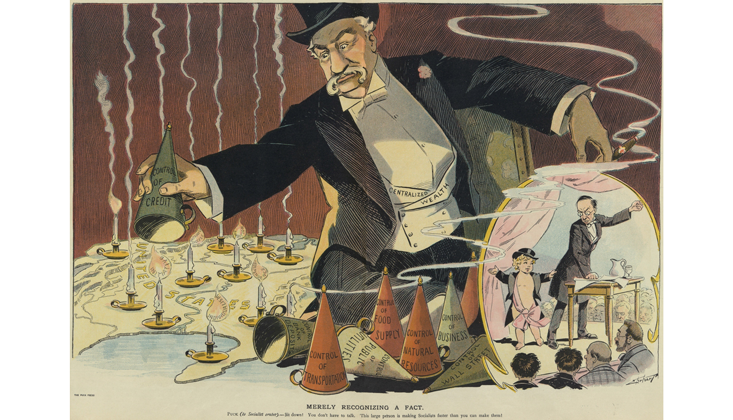The copper statue, “Liberty Enlightening the World,” designed by Frédéric Auguste Bartholdi, was loaded into the French navy transport ship Insere as 350 individual pieces, packaged in more than 200 crates. The Insere is often referred to as a frigate, but arrived in New York serving as a cargo vessel, without guns aboard. The ship was a propeller driven steam ship with three masts, around 215 feet long with 30 feet of beam. Here is how the New York Times reported her arrival in an article dated June 18, 1885.
“A pilot boat sailing around in search of one of the big transatlantic steamers, about 10 miles off Sandy Hook Lightship, on Tuesday night, ran close under the bows of an odd-looking, bark rigger propeller, with her hull painted white, and a high funnel between the main and the mizzen masts. The man on lookout shouted down the companionway to the pilots that he thought it was a tramp. The vessel was hailed and a voice answered, “What ship?”
“Isere, from Rouen” came back though the darkness, in broken English.
“It’s all right,” said Pilot Henderson, getting into a small boat and heading for the vessel; “she’s got that big Liberty aboard.”
The ship, which appears to have arrived on June 16th, could not cross the harbor bar because a gale blew up, so she anchored offshore. The voyage had been rough at times. Again, from the NY Times:
Capt. De Saune … said that the Insere had been tossed about in rough weather between Rouen and Fayal. To make bad matters worse, the coal gave out and she had to make sail. After leaving Fayal the weather was lovely and the steamer made rapid time.
The colossal statue weighs 220 tons, and is packed away below decks in 212 boxes, some of them 20 feet long. It took 17 days to stow them away so as to prevent shifting when the vessel rolled and tossed in the tremendous billows. The work was well done, for Lieut. Amet said that not a box moved from its place, though in the early part of the voyage there was ample provocation.
READ MORE





